Introduction
When it comes to feeding infants, safety and nutrition are paramount. For busy parents, preparing baby food in advance or storing leftovers can save time and reduce waste. However, questions about refrigeration often arise: Is it safe to refrigerate baby food? How long can it stay in the fridge? Are there risks involved? This article delves into the science and best practices of refrigerating baby food, ensuring your little one receives wholesome meals without compromising their health.
Understanding the Basics of Refrigeration
Refrigeration slows bacterial growth by lowering temperatures, which inhibits the proliferation of microorganisms responsible for spoilage and foodborne illnesses. For baby food, this is critical because infants have weaker immune systems, making them more susceptible to infections. The ideal refrigerator temperature should be set below 40°F (4°C) to maximize food safety.
Expert Guidelines: What Authorities Say
Organizations like the U.S. Food and Drug Administration (FDA) and the American Academy of Pediatrics (AAP) provide clear directives on storing baby food:
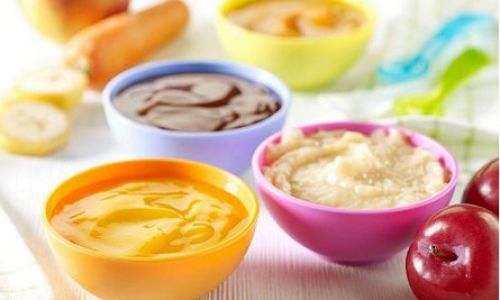
- Homemade Purees: These should be refrigerated within two hours of cooking and consumed within 24–48 hours.
- Store-Bought Jars: Once opened, they must be refrigerated and used within 1–2 days. Unopened jars can be stored at room temperature until the expiration date.
- Frozen Baby Food: If frozen, homemade or store-bought varieties can last 1–3 months, but quality may diminish over time.
Types of Baby Food and Their Refrigeration Needs
Not all baby foods are created equal. Their ingredients dictate storage times and methods:
-
Fruit and Vegetable Purees
- Refrigeration: Safe for 24–48 hours.
- Freezing: Use ice cube trays for portioning; thaw in the fridge overnight.
- Avoid: Refreezing thawed purees, as this accelerates bacterial growth.
-
Meat and Poultry Blends
- Refrigeration: Limit to 24 hours due to higher protein content, which spoils faster.
- Freezing: Ideal for long-term storage; label with dates to track freshness.
-
Dairy-Based Meals
- Refrigeration: Discard after 24 hours, as dairy is a breeding ground for bacteria like Listeria.
- Freezing: Not recommended, as texture may become grainy.
-
Finger Foods and Solid Pieces
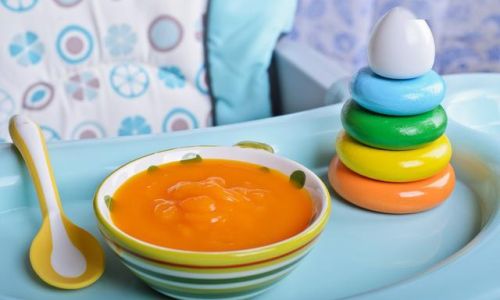
- Refrigeration: Store in airtight containers for up to 48 hours.
- Freezing: Avoid, as freezing alters texture and moisture content.
How to Safely Refrigerate Baby Food
Proper storage techniques are non-negotiable:
- Containers: Use BPA-free, airtight glass or plastic containers. Avoid metal, which can react with acidic foods like tomatoes.
- Labeling: Date each container to avoid confusion.
- Portion Control: Store in single-serving sizes to prevent waste and repeated reheating.
- Cooling: Allow hot food to cool briefly before refrigerating to prevent raising the fridge’s internal temperature.
Signs of Spoilage: When to Toss Baby Food
Even with refrigeration, baby food can spoil. Watch for:
- Off Smells: A sour or rancid odor indicates bacterial activity.
- Color Changes: Grayish hues or mold spots are red flags.
- Texture Shifts: Separation, lumpiness, or excessive wateriness.
- Bubbles or Fizziness: A sign of fermentation, which is dangerous for infants.
Reheating Refrigerated Baby Food: Dos and Don’ts
Reheating requires caution to ensure even warmth and kill pathogens:
- Method: Use a stovetop or steam basket. Avoid microwaves, which create hot spots.
- Stirring: Mix thoroughly to distribute heat.
- Testing: Check the temperature on your wrist before serving.
- Never Reheat Twice: Once reheated, discard any leftovers.
Common Mistakes Parents Make
- Leaving Food Out Too Long: Room temperature accelerates bacterial growth.
- Using Old Containers: Scratched plastic or cracked glass can harbor bacteria.
- Mixing Fresh and Old Batches: Cross-contamination risks are high.
- Ignoring Expiry Dates: Even unopened jars have limits.
Homemade vs. Store-Bought: Key Differences
Homemade baby food lacks preservatives, so it spoils faster. Store-bought options often have added stabilizers, extending shelf life. However, once opened, both follow similar refrigeration rules.

Traveling With Refrigerated Baby Food
For outings, use insulated cooler bags with ice packs. Discard any food left unrefrigerated for over two hours. Pre-portioned pouches or jars are convenient for on-the-go feeding.
The Freezer: A Safe Backup
Freezing extends shelf life but affects texture. Defrost in the fridge, never at room temperature. Avoid refreezing thawed food.
Conclusion
Refrigerating baby food is a safe, practical solution for modern parents, provided guidelines are followed. By understanding storage times, spoilage signs, and reheating methods, you can ensure your baby’s meals are both nutritious and risk-free. When in doubt, trust the adage: “When unsure, throw it out.” Your child’s health is worth the small sacrifice of discarded food.
Final Thoughts
Balancing convenience and safety in baby food preparation is achievable with knowledge and vigilance. Refrigeration, when done correctly, empowers parents to manage their time without compromising their infant’s well-being. Stay informed, stay cautious, and enjoy the peace of mind that comes with nourishing your little one responsibly.
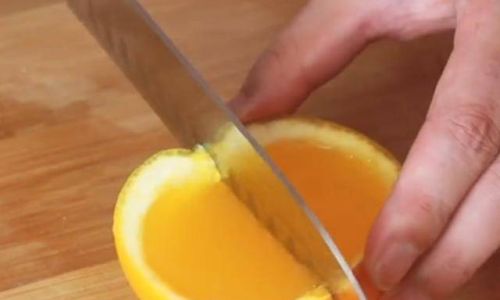

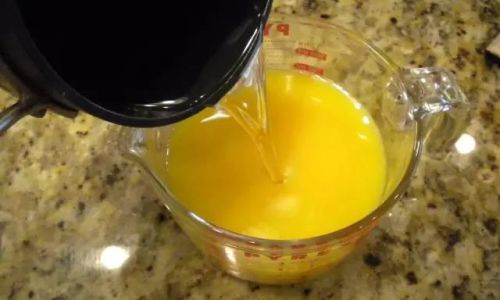

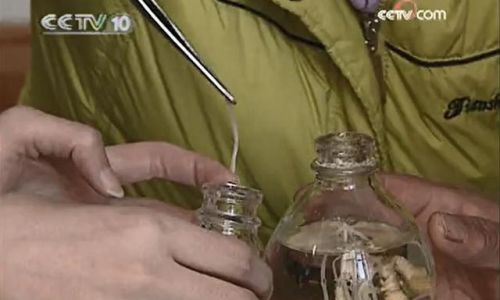
0 comments